(Short version of question(s) below.)
I want to make an ultrasonic parametric speaker at 40kHz, I want to drive them all at the same constant frequency to keep the electronics cheap.
When simulating the wave behavior in GIMP on one axis (so 2D), I found that by far the best way to do it was to haven them all at exactly half the wavelength. The speakers/transducers however are around 1.6 cm while the wavelength is around 0.8575 cm.
In Gimp I couldn't as easily simulate it in many different parameters, I also could only test it on one axis while in reality I will be building it on a plane (2 axis) (a plate) so a 2D array rather than a 1D array of sound sources which I couldn't simulate in Gimp. The speakers will all be outputting the same signal.
How do I know what distances to use and how sensitive will the distances be? I noticed the moving element inside of the transducers is slightly smaller than 2 wavelengths in diameter, or slightly smaller than 1 wavelength in radius. Would this mean I would need to see the ultrasonic transducers as areas of many small emitting points instead of small emitting points (which would make distancing give almost no difference), or would I for example need to keep them at a specific distance like 1 times the wavelength (or 1.5 or 2 times) and why so?
Is there also a specific optimal one, the directivity of the transducers is rated at 75 degrees, so you shouldn't get the huge peaks to the sides when using full wavelengths, but still due to my inexperience in this area I ask:
What would be the optimal distancing for these 40 kHz transducers with a directivity of 75 degrees and an diameter of around 1.6c (outer) and slightly smaller inside?
Why/how and is there a simple FOSS software to simulate it or similar?
Where my assumptions and estimations right: 1) Can I just use multiples of the wavelength due to the output directivity of 75 degrees? 2) Would the spacing not be as sensitive due to the transmitters using small ultrasonic horn like membranes which aren't a exact multiples of the wavelength which would make it like more or a more diffused sound source rather than a single point? Is that last part even true, would it act less like a point and more like many small emitting points?

